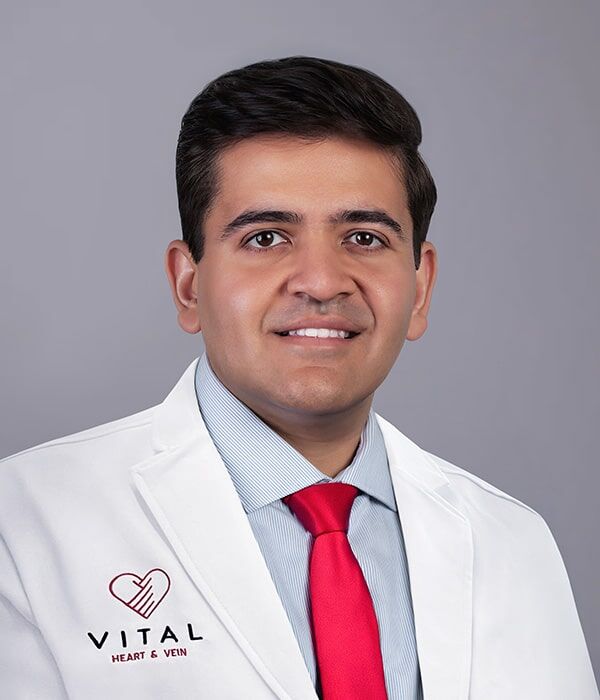How to maintain a healthy heart and avoid heart disease is one of those topics that’s discussed with you throughout your life. From elementary school onward, you’re encouraged to eat your fruits and vegetables, the school system encourages exercise and physical activity, and your annual doctor visits include the dreaded ice-cold stethoscope to check your heart.
Unfortunately, surgical procedures aren’t always unavoidable, even if you’re diligent with taking care of yourself, and the thought of any kind of heart surgery can be scary. Whether you’re in an accident, obtain a disease that affects your heart health, or are simply getting older and finding yourself dealing with things not working like they used to, it’s time to consider non-invasive procedures to repair an ailing heart.
Thankfully, many heart procedures have evolved and adapted to be more successful, less invasive, and easier on the patient in terms of recovery and healing. Heart valve surgery is no exception, with a less invasive alternative to open-heart surgery called transcatheter aortic valve replacement (TAVR) available to patients suffering from aortic stenosis with symptoms of heart failure that require valve replacement surgery.
Is TAVR a Major Surgery?
It is not! TAVR is a less invasive procedure than open-heart surgery that involves inserting a catheter into small incisions in the large artery of your leg called the femoral artery. This is a direct route to your heart, where they can use small tools through the catheter to make the necessary valve replacement without having to open up your chest and expose you to all of the risks that come with major surgery.
Because this is not major surgery, you and your cardiologist will discuss the best options for you in terms of anesthesia. The vast majority of TAVR procedures do not require general anesthesia, meaning a breathing tube is never placed down the trachea. Monitored anesthesia care is predominantly utilized where medications are administered that will keep you sedated but not under full anesthesia. This prevents you from feeling any pain for the duration of the TAVR.
While there are fewer risks than with a longer and more invasive surgery, there are still risks to a TAVR procedure. Be sure to go over those with your doctor as you’re deciding on a treatment option for aortic stenosis. Previously, TAVR was only approved for high surgical risk patients. However, with newer data and clinical trials, it is now approved for low and medium surgical risk patients.
How Long Does the TAVR Procedure Last?
This is another area in which TAVR differs from open-heart surgery. The average transcatheter aortic valve replacement procedure can be performed in less than one hour, while the surgical alternative typically lasts around 4 hours or longer. This is beneficial for a variety of reasons, the main one being that it’s significantly less time for you to be under anesthesia, and is, therefore, less of a strain on the body.
During the procedure, the diseased aortic valve will be replaced with either a balloon or a self-expandable bio-prosthetic replacement valve through the catheter in your femoral artery. After it’s secured in its new home, the replacement valve will be expanded and take over the old valve’s blood flow regulation. Once the new valve’s abilities have been suitably tested, the catheter will be removed and the small incisions from the groin closed. You will then be taken to a room in the post-operative care unit for monitoring while you recover from either the anesthesia or other forms of waking sedation. Most patients do not require an ICU stay.
The normal hospital stay is between 1-3 days, depending on how quickly you recover from the stress of the procedure itself. During that time, your doctor and nurses will work closely with you to go over any requirements, recommendations, and suggestions for the remainder of your recovery, such as walking for short periods at first and slowly returning to your normal daily routine. While you’ll have far fewer restrictions than if you’d undergone major surgery, you will still be advised to take it slow, listen to your body, and stay in touch with your doctor if necessary.
What Should I Expect After a TAVR Procedure?
Your post-procedural goals for a TAVR procedure will be the same as your goals for open-heart surgery:
- Improving your heart health
- Returning to normal daily activities
- Adopting and maintaining a heart-healthy diet
- Recovering from any pain or discomfort
- Slowly taking on more physical activities, starting with walking regularly
However, because your breastbone didn’t need to be cut open, your recovery should be significantly less painful, take less time, and be overall less strenuous than if you had received major surgery. The average TAVR patient should expect some mild groin discomfort in the first week or two of their recovery period. While the breastbone was not cut for the procedure, work was still being done on your aortic heart valve and stress was still placed on the surrounding nerves and muscles.
The best course of action is to make sure—before your procedure—that you have someone available to stay with you or offer you a place to recover, at least for the first week after your TAVR. It will be important to have someone available to help you go about daily tasks while you take your pain medication and follow your doctor’s instructions while also being present for possible emergencies. After that first week, you’ll likely be returning to your usual routine at a much faster pace.
Many patients often feel better and healthier immediately after their procedure, but others need a bit longer before they start feeling the positive effects of the TAVR. Don’t be alarmed if you fall into the latter category, and don’t be too hasty to return to normal activities if you fall into the former—follow your doctor’s instructions and communicate with your doctor throughout your healing process to ensure the quickest, safest recovery possible.
To learn more about the innovative TAVR procedure, trust the medical experts at Vital Heart & Vein to offer the very best in cardiac care. Exceptionally skilled in TAVR, our team of doctors provides industry-leading care and support. Schedule an appointment today!



